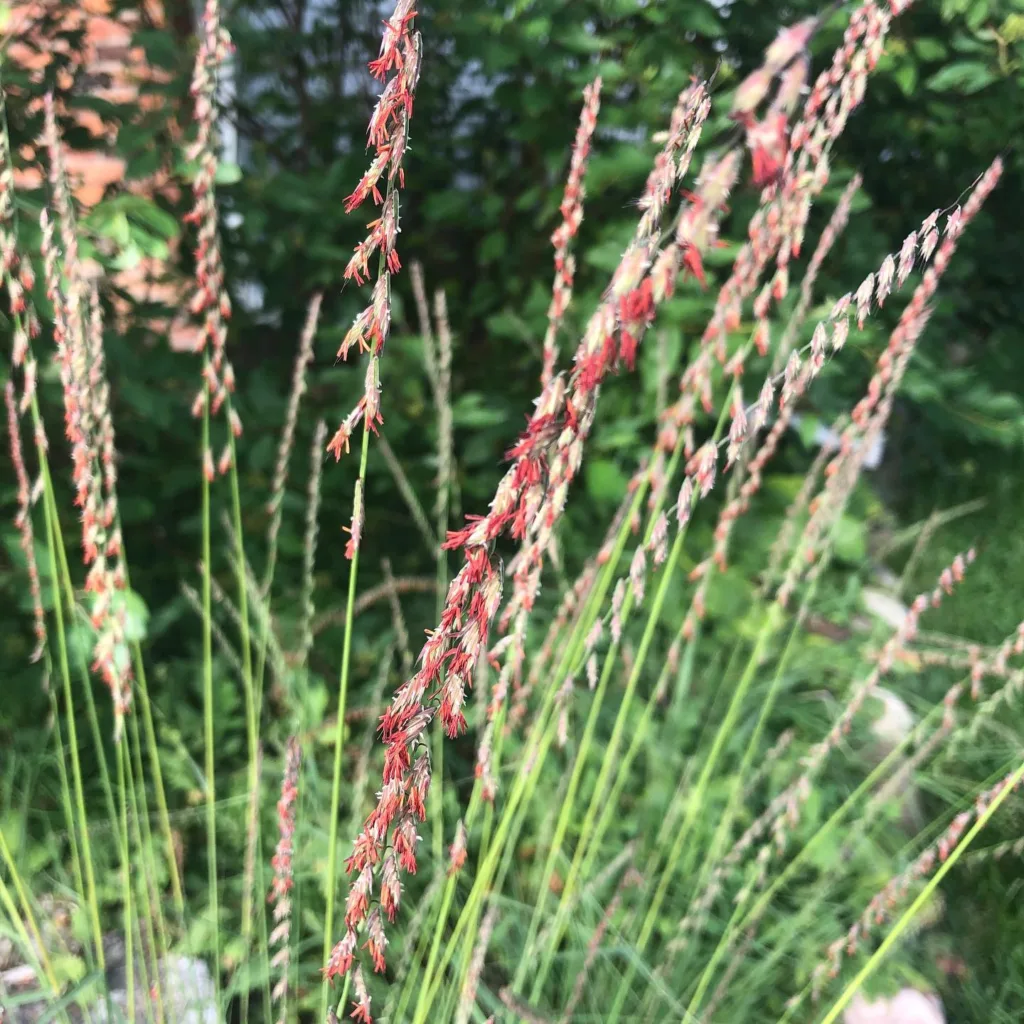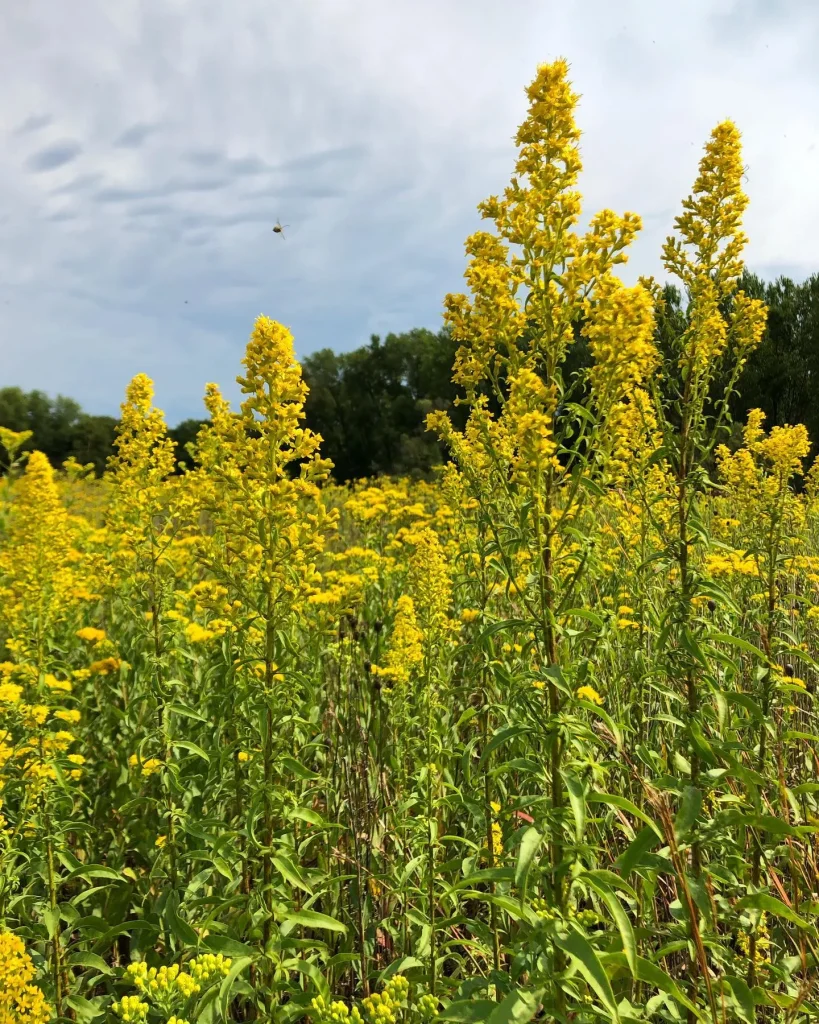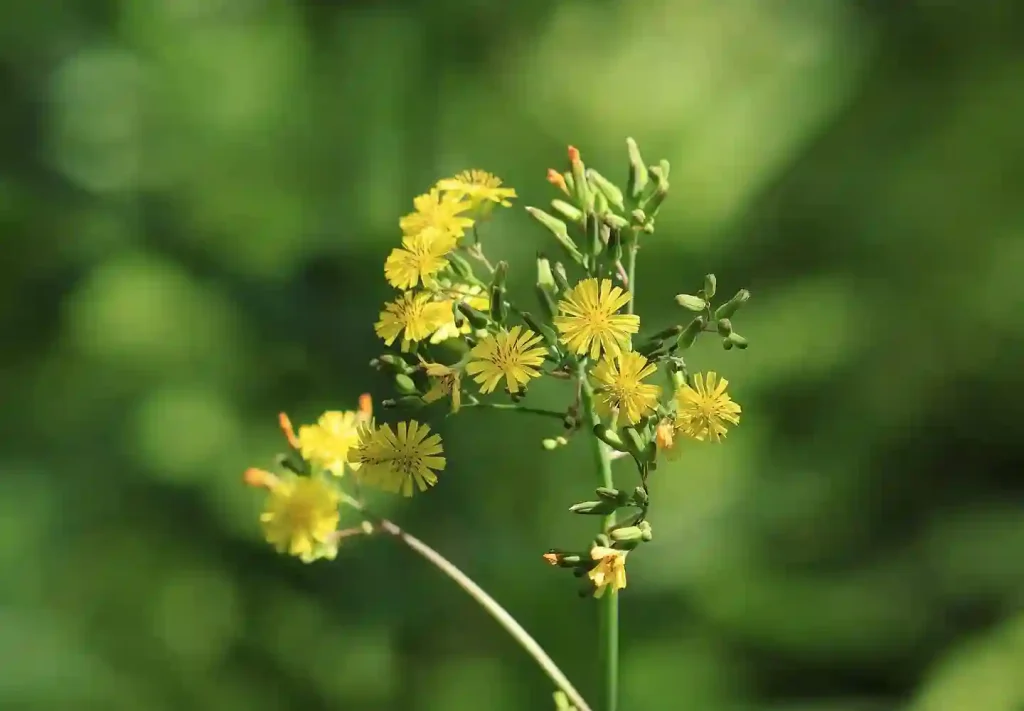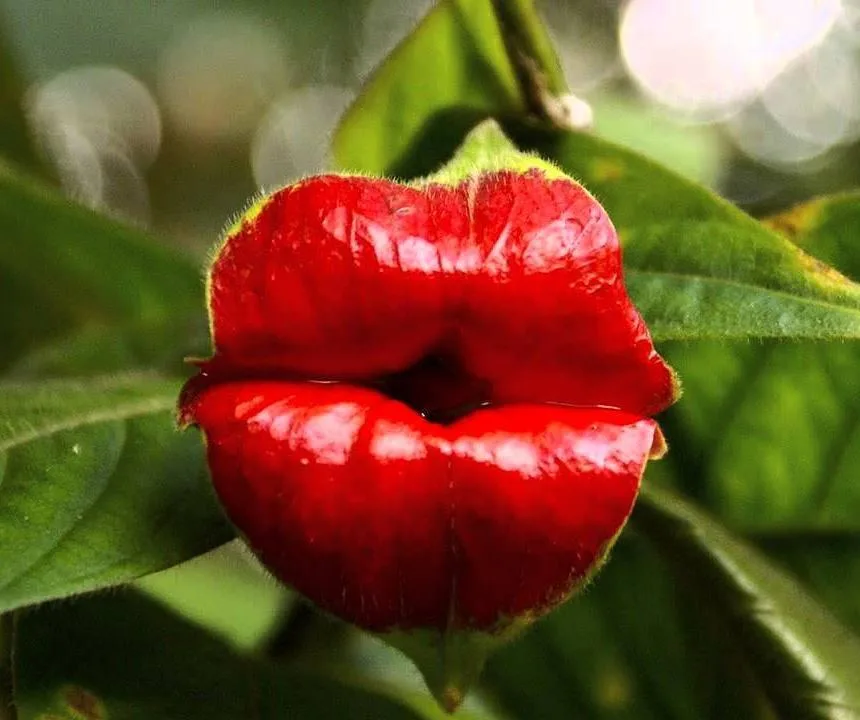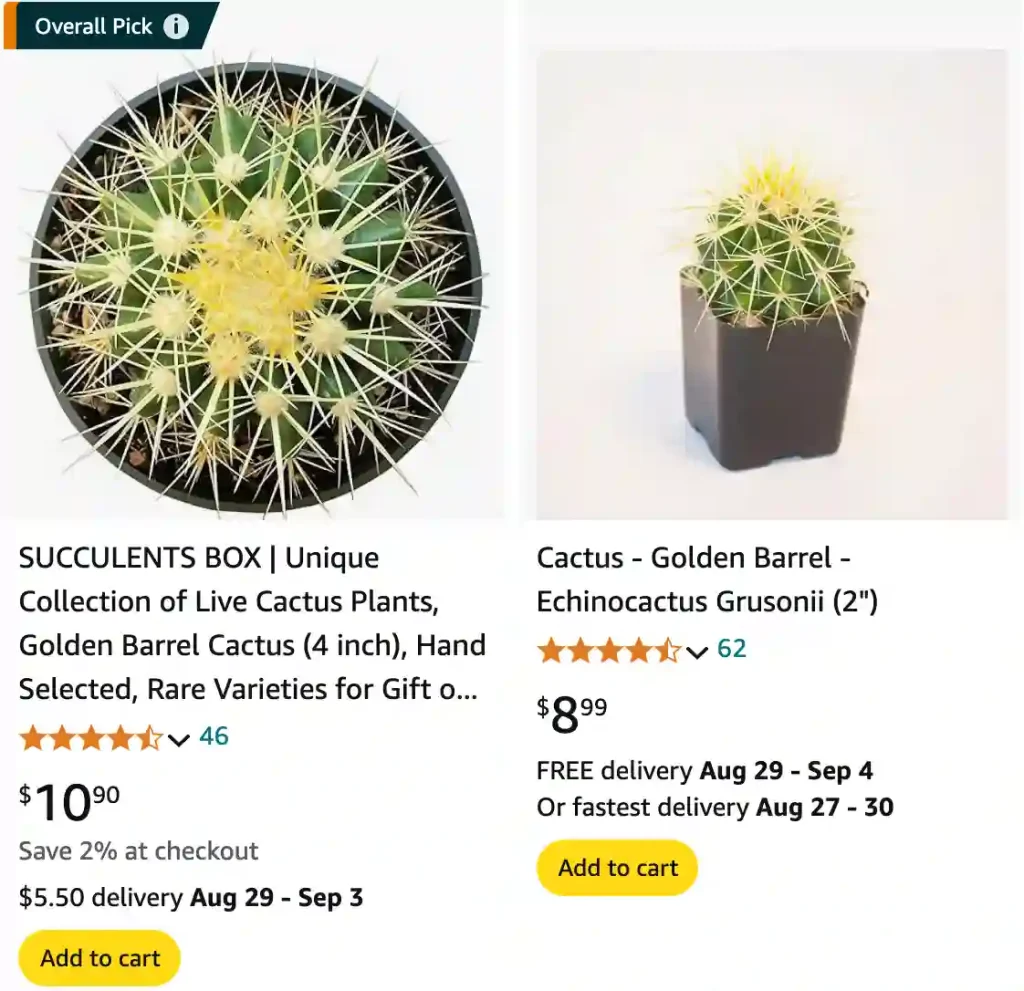
Barrel Cactus: My Experience with Echinocactus and Ferocactus
As a plant enthusiast, I’ve always been drawn to the resilience and beauty of cacti. Among my favorites are the barrel cacti, with their distinct spherical shape, ribbed structure, and spines that demand respect. These plants, primarily from the genera Echinocactus and Ferocactus, hold a special place in my collection and heart. Let me share what makes these genera unique and why they continue to fascinate me.
First Encounters with Barrel Cactus
My journey with barrel cacti began during a visit to the Sonoran Desert. Their presence was commanding—squat yet majestic, surviving in conditions where most plants would wilt. I knew then I had to learn more about them and eventually grow them myself. Back home, I researched extensively and realized these cacti not only thrive in arid regions but are also hardy houseplants when given proper care.
Echinocactus: The Golden Barrel
One of the most recognizable barrel cacti is the Echinocactus grusonii, or Golden Barrel Cactus. Its luminous golden spines and symmetrical form are a showstopper.
6 Species in Genus Echinocactus
Ferocactus: The Fearsome Barrel
If Echinocactus is the gentle giant, Ferocactus is the rugged warrior. The genus name translates to “fierce cactus,” and it’s easy to see why. Their spines are often hooked and formidable, with a bold, untamed appearance.
One of my favorite species is Ferocactus wislizeni, also known as the Fishhook Barrel Cactus. Its spines curve like a fishhook, a feature that has helped it fend off herbivores in its native desert environment.
30 Species in Genus Ferocactus
Can You Eat Barrel Cactus Fruit?
Yes, you can eat Barrel Cactus fruit! The fruit, which is often red or orange when ripe, has a slightly sweet flavor and is edible. It can be eaten raw, but it’s usually better when cooked or dried. The fruit contains small seeds that are also edible, though they can be a bit gritty.
How Fast Do Barrel Cactus Grow?
Barrel Cactus are relatively slow growers. In ideal conditions, you might see them grow a few inches per year. In less favorable conditions, growth can be even slower. Patience is key with these cacti, as they take time to reach their full size.
Are Barrel Cactus Poisonous?
Barrel Cactus are not poisonous to humans or pets. However, they do have spines that can cause irritation if they come into contact with skin. It’s best to handle them with care to avoid any unwanted pricks.
Are Barrel Cactus Protected?
In some areas, Barrel Cactus are protected due to their ecological importance and the threat of habitat destruction. Regulations may vary depending on the region, so it’s important to check local laws if you’re considering collecting or handling these cacti in the wild.
Can You Drink Water from a Barrel Cactus?
While it’s technically possible to extract water from a Barrel Cactus, it’s not recommended. The water inside is often not very clean and may not be safe for drinking. Additionally, extracting water can harm the cactus, so it’s better to use other methods for hydration if you’re in a survival situation.
Do Barrel Cactus Bloom?
Yes, Barrel Cactus do bloom. The flowers are usually small, tubular, and come in shades of yellow, red, or orange. The blooming period can vary depending on the species and growing conditions, but it’s a beautiful sight when it happens.
How Big Do Barrel Cactus Get?
Barrel Cactus can vary greatly in size. Some species stay relatively small, only reaching a few feet in height, while others can grow to over 10 feet tall. The size depends on the species, growing conditions, and how long they’ve been growing.
How Do Barrel Cactus Reproduce?
Barrel Cactus reproduce through seeds and offsets. Seeds are produced in the flowers and can be collected and planted. Offsets, or small shoots that grow from the base of the plant, can also be removed and replanted to propagate new cacti.
How Do Barrel Cactus Survive in the Desert?
Barrel Cactus are adapted to survive in harsh desert conditions. They have thick, fleshy stems that store water, allowing them to go long periods without rainfall. Their spines provide shade and reduce water loss. Additionally, they have a deep root system to access underground water sources.
How Long Do Barrel Cactus Live?
Barrel Cactus are known for their longevity. With proper care, they can live for several decades. Some species may even live up to 100 years or more. Their slow growth rate contributes to their long lifespan.
How Much Does a Barrel Cactus Cost?
The cost of a Barrel Cactus can vary widely depending on its size, species, and where you purchase it. Small cacti might cost anywhere from $10 to $50, while larger specimens can range from $100 to $300 or more. Specialty varieties can be even pricier.
How Often Should You Water Barrel Cactus?
Barrel Cactus require minimal watering. During the growing season (spring and summer), watering once every 2-4 weeks is generally sufficient. In winter, they need even less water. Overwatering can lead to root rot, so it’s better to err on the side of underwatering.
How to Eat Barrel Cactus Fruit?
To eat Barrel Cactus fruit, first, remove the spines with a knife or tongs. Cut the fruit open and scoop out the flesh. The flesh can be eaten fresh or used in recipes such as jams, jellies, or even as a fruit topping.
How to Harvest Barrel Cactus Seeds?
Harvesting Barrel Cactus seeds involves waiting until the fruit is fully ripe. Once the fruit is dry and begins to split open, you can collect the seeds. Remove the seeds from the fruit, clean them, and let them dry completely before storing them for planting.
Barrel Cactus vs Saguaro
Barrel Cactus and Saguaro Cactus are often confused due to their appearance and desert habitat. However, they have distinct differences. Barrel Cactus are generally shorter, round, and have pronounced ribs, while Saguaros are much taller, tree-like, and have fewer ribs. Saguaros can live for over 150 years and grow up to 40 feet tall, whereas Barrel Cactus are typically smaller and shorter-lived.
How to Care for Barrel Cactus?
Caring for Barrel Cactus is relatively straightforward. They need well-draining soil and plenty of sunlight. Ensure they are planted in a spot that gets full sun for at least 6 hours a day. Water sparingly and ensure good air circulation around the plant.
What to Plant with Barrel Cactus?
When planting with Barrel Cactus, consider companion plants that also thrive in dry conditions. Succulents, low-water ground covers, and other cacti make excellent companions. Avoid planting in areas with high humidity or heavy rainfall.
Is Barrel Cactus Toxic?
Barrel Cactus are not toxic to humans or animals. However, their spines can cause irritation or injury if touched. It’s always best to handle them carefully and avoid direct contact with the spines.
Benefits of Barrel Cactus
Barrel Cactus are not only visually appealing but also provide several benefits. They are low-maintenance, drought-tolerant, and can add a unique touch to desert landscapes. Additionally, they play a role in their ecosystem by providing shelter for small desert animals.
Common Problems with Barrel Cactus
One common problem with Barrel Cactus is rot, often caused by overwatering. Yellowing or soft spots on the cactus can indicate that it’s suffering from rot. Ensuring proper drainage and reducing watering frequency can help prevent this issue.
By addressing these FAQs, I hope this guide helps you understand more about Barrel Cactus and how to care for them effectively. If you have more questions or need further details, feel free to ask!
If i die, water my plants!
